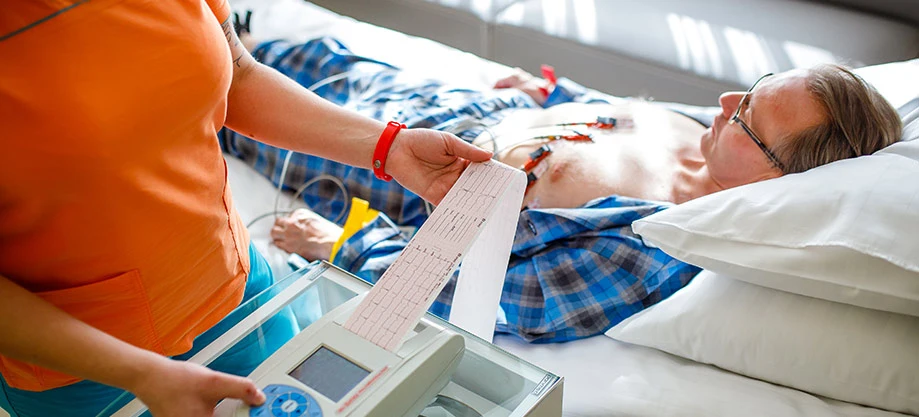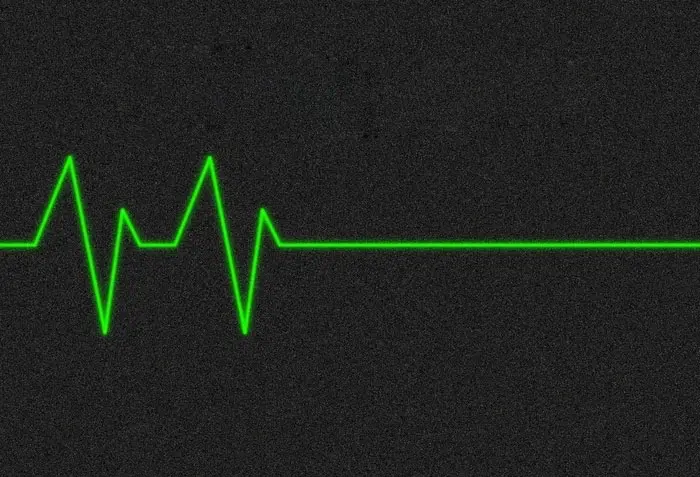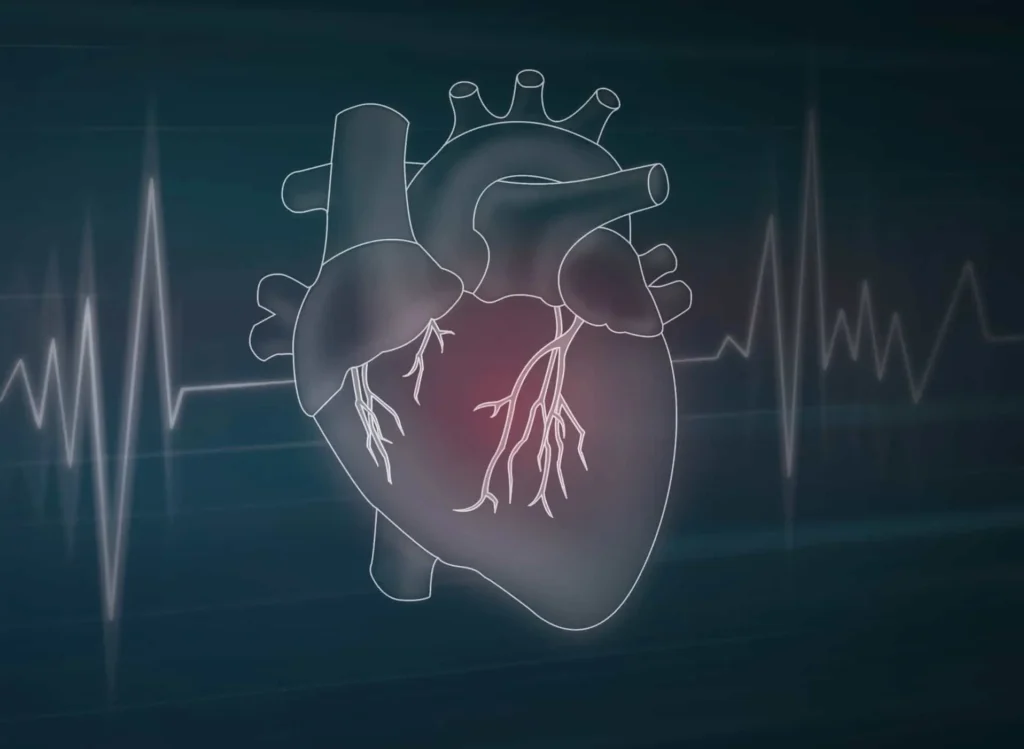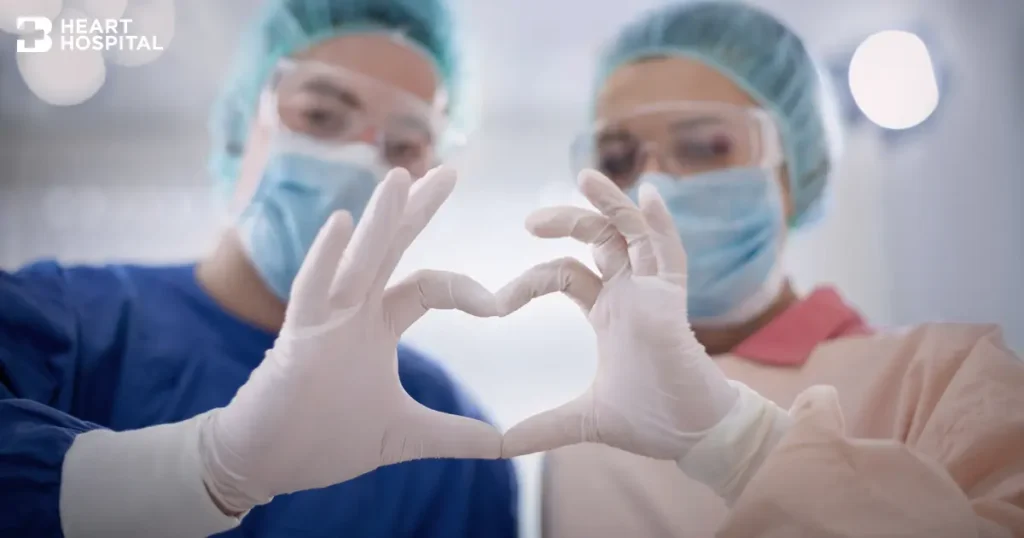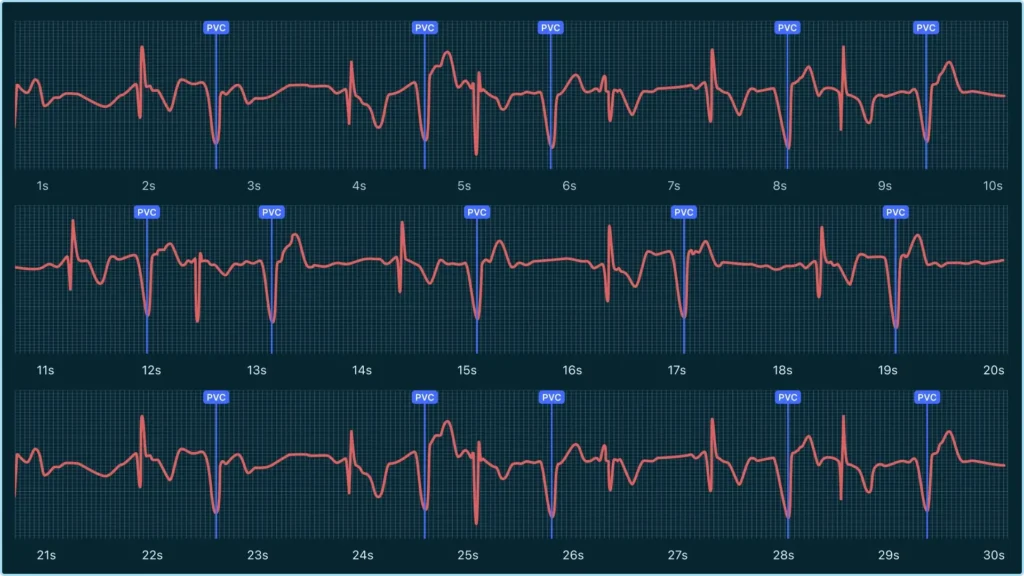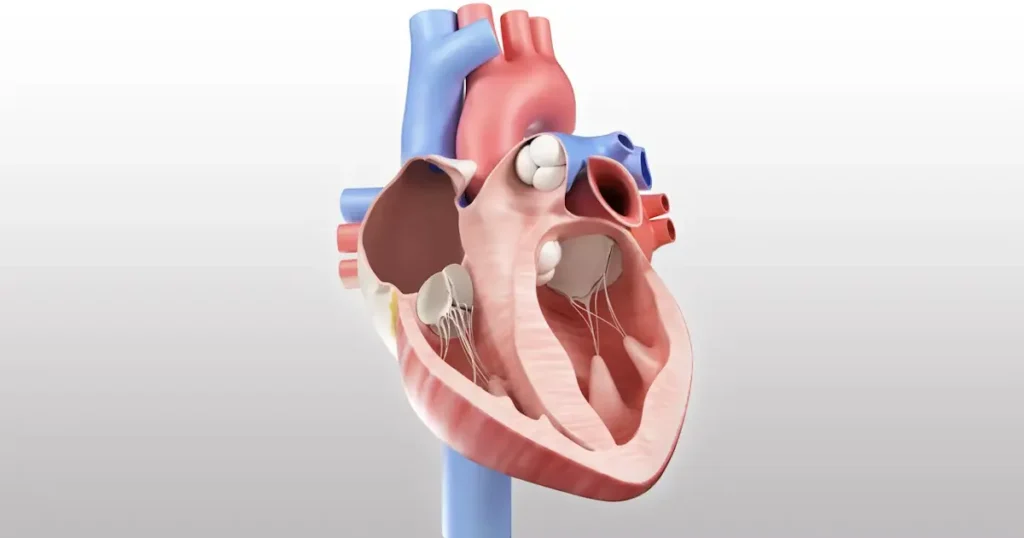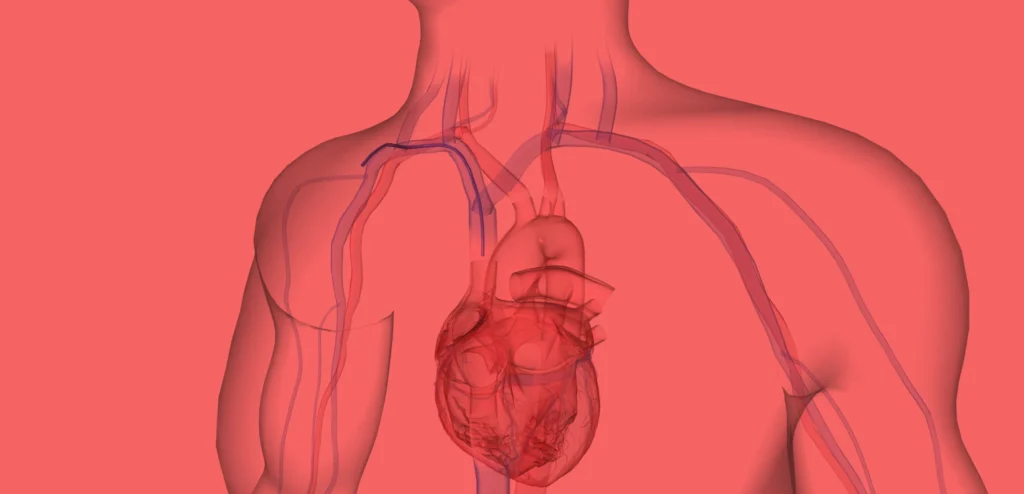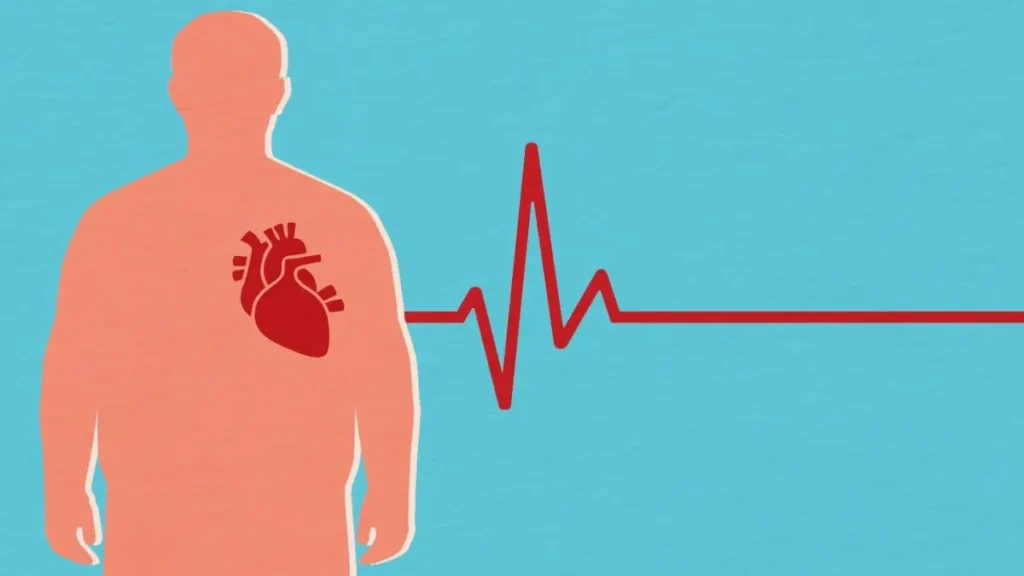Mitral Valve Prolapse Management – Understanding Symptoms, Risks, and Effective Treatment Strategies
Mitral valve prolapse (MVP) is a common valvular heart condition affecting millions of people worldwide. Often discovered by chance during routine checkups, MVP occurs when one or both leaflets of the mitral valve bulge (prolapse) into the left atrium during ventricular contraction. In many cases, it remains benign and doesn’t lead to serious complications. However, […]
